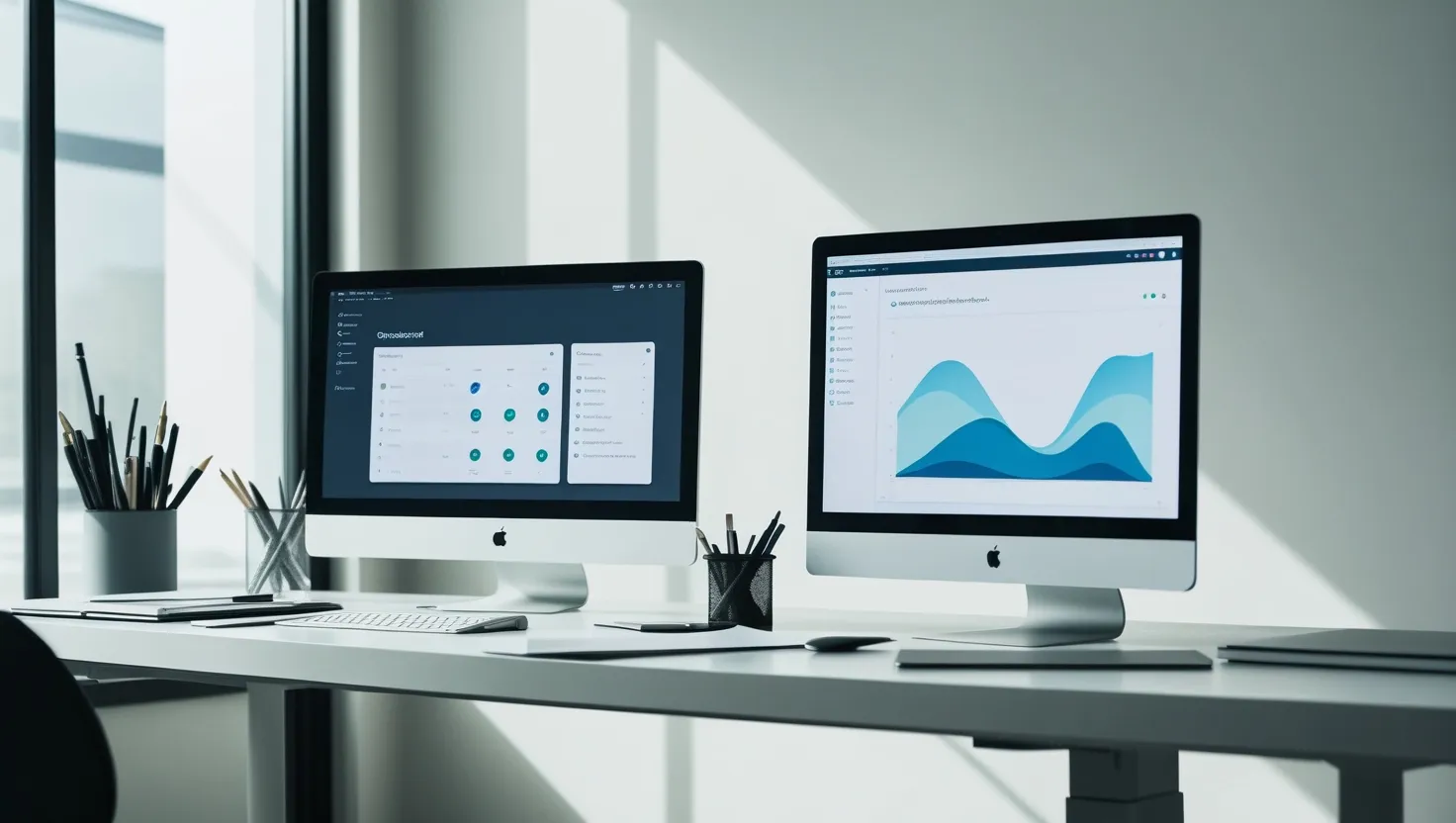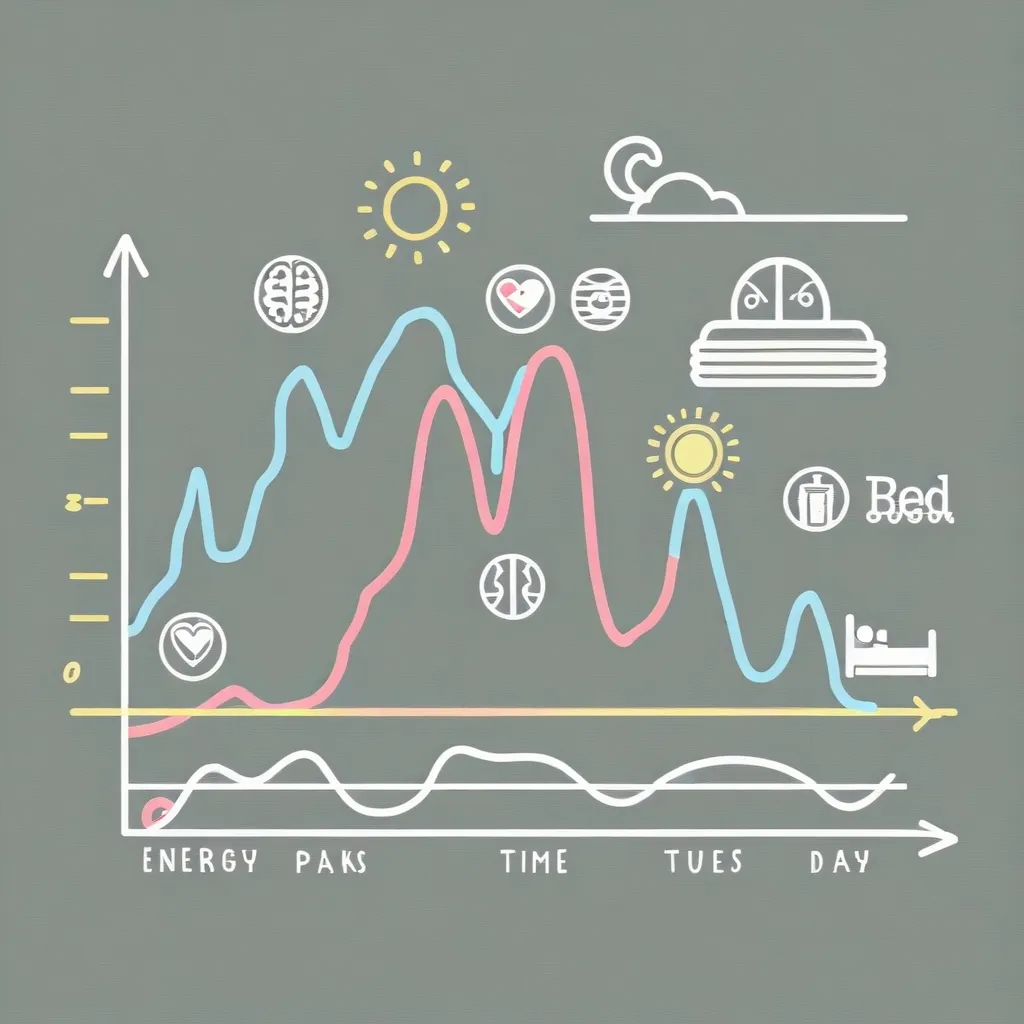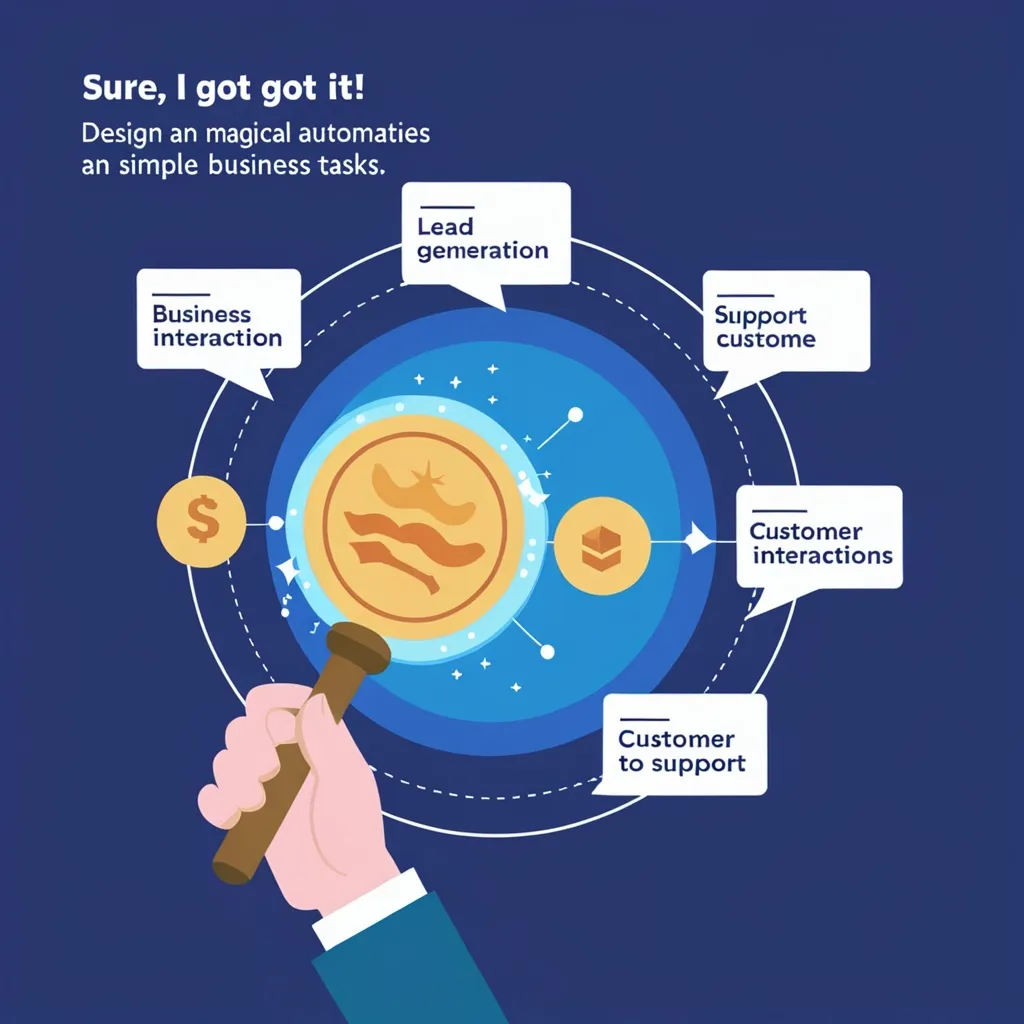Friction in workflows is the silent productivity killer that plagues organizations and individuals alike. It’s the grit in the gears that slows everything down, the invisible force that turns simple tasks into Herculean efforts. But here’s the thing - friction doesn’t have to be an inevitable part of our work lives. With the right strategies, we can smooth out those rough edges and create a workflow that practically glides along.
Let’s start with the Input-Output Audit. This is where we put on our detective hats and follow the trail of information through our systems. Where does data come in? How do we process it? And most importantly, where does it get stuck? By mapping out this journey, we can spot the bottlenecks and redundancies that are slowing us down.
I once worked with a team that spent hours each week manually entering data from one system to another. By identifying this friction point, we were able to implement an automated data transfer solution that saved countless hours and eliminated errors. The key is to be ruthless in your analysis - no step is too small to scrutinize.
“The first step in solving a problem is to recognize that it does exist.” - Zig Ziglar
This quote reminds us that awareness is the first step towards improvement. What hidden friction points might be lurking in your workflow?
Once we’ve identified our friction points, it’s time to implement the Standardized Sequence. This is about creating a playbook for our most common tasks. By breaking down complex processes into clear, repeatable steps, we eliminate the mental energy spent on figuring out “what’s next?”
Think of it like a well-choreographed dance routine. Each move flows naturally into the next, with no awkward pauses or missteps. I’ve seen teams transform their productivity by implementing standardized sequences for everything from client onboarding to project kickoffs. The beauty of this approach is that it frees up mental bandwidth for creative problem-solving and innovation.
But what about those days when motivation is low and every task feels like pushing a boulder uphill? That’s where Progressive Loading comes in. This strategy is all about building momentum throughout the day. We start with small, easily achievable tasks to get the ball rolling. As we tick off these quick wins, our confidence and motivation grow, making it easier to tackle more complex challenges.
I like to think of it as a snowball rolling down a hill. It starts small, but as it gains momentum, it becomes an unstoppable force. How might you structure your day to build this kind of momentum?
Now, let’s talk about the Consolidation Protocol. In our digital age, we’re often juggling multiple platforms, tools, and information sources. This constant switching is a major source of friction. The solution? Create centralized hubs that bring everything together.
Imagine having a single dashboard that gives you a bird’s-eye view of all your projects, tasks, and communications. No more toggling between a dozen tabs or searching through endless email threads. By consolidating our resources, we create a smoother, more focused workflow.
“Simplicity is the ultimate sophistication.” - Leonardo da Vinci
This timeless wisdom applies perfectly to our quest for frictionless workflows. How can you simplify and consolidate your digital workspace?
Next up is the Resource Ready System. This is about being prepared for anything. Before starting a task, we gather all the necessary materials, documents, and references. It’s like a chef’s mise en place - everything in its place, ready to go.
I’ve seen this strategy transform chaotic, interrupt-driven workdays into smooth, focused sessions. No more stopping mid-task to hunt down that elusive file or reference. Everything you need is right at your fingertips, allowing you to maintain flow and momentum.
But preparation is only part of the equation. We also need to streamline our processes themselves. Enter the Minimum Effective Process. This is about stripping away the unnecessary and focusing on the essential. For every workflow, we ask: What’s the simplest way to achieve our desired outcome?
This doesn’t mean cutting corners or sacrificing quality. It’s about finding the most direct path to our goals. I’ve worked with teams that have halved their project timelines by ruthlessly eliminating unnecessary steps and approvals. The result? Faster execution, less frustration, and more time for high-value work.
Of course, even with streamlined processes, we still face the challenge of context switching. That’s where the Transition Ritual comes in. These are small, consistent routines that help our brains shift gears between different types of work.
It could be as simple as a two-minute breathing exercise between meetings, or a quick walk around the office when switching projects. These rituals act as mental palate cleansers, preventing the cognitive residue of one task from interfering with the next. What kind of transition rituals might work for you?
Finally, we come to Environment Optimization. Our physical workspace has a profound impact on our productivity and focus. This strategy is about designing our environment to support our workflow, not hinder it.
Think about the tools and resources you use most frequently. Are they within easy reach? Is your workspace free from visual clutter and distractions? I’ve seen dramatic productivity boosts simply from rearranging desks and organizing supplies more thoughtfully.
“For every minute spent organizing, an hour is earned.” - Benjamin Franklin
Franklin’s wisdom reminds us that a little upfront effort in organizing our space can pay huge dividends in productivity. How might you optimize your workspace to better support your workflow?
Implementing these friction elimination strategies isn’t a one-time fix. It’s an ongoing process of observation, experimentation, and refinement. The goal is to create a workflow that feels effortless - where tasks flow smoothly from one to the next, and productivity becomes a natural state rather than a constant struggle.
Remember, the ultimate aim isn’t just to work faster or do more. It’s about creating space for the work that truly matters - the creative, strategic thinking that drives innovation and growth. By eliminating friction in our workflows, we free up mental energy and time for these higher-level activities.
So, I challenge you to take a critical look at your current workflows. Where are the friction points? Which of these strategies could you implement to smooth out the rough spots? Start small, experiment, and iterate. Over time, you’ll develop a workflow that’s not just efficient, but truly energizing.
The journey to a frictionless workflow is ongoing, but the rewards are immense. Imagine a workday where tasks flow effortlessly, where your environment supports your goals, and where you end each day feeling accomplished rather than drained. That’s the power of eliminating friction in your workflow. Are you ready to take the first step?






